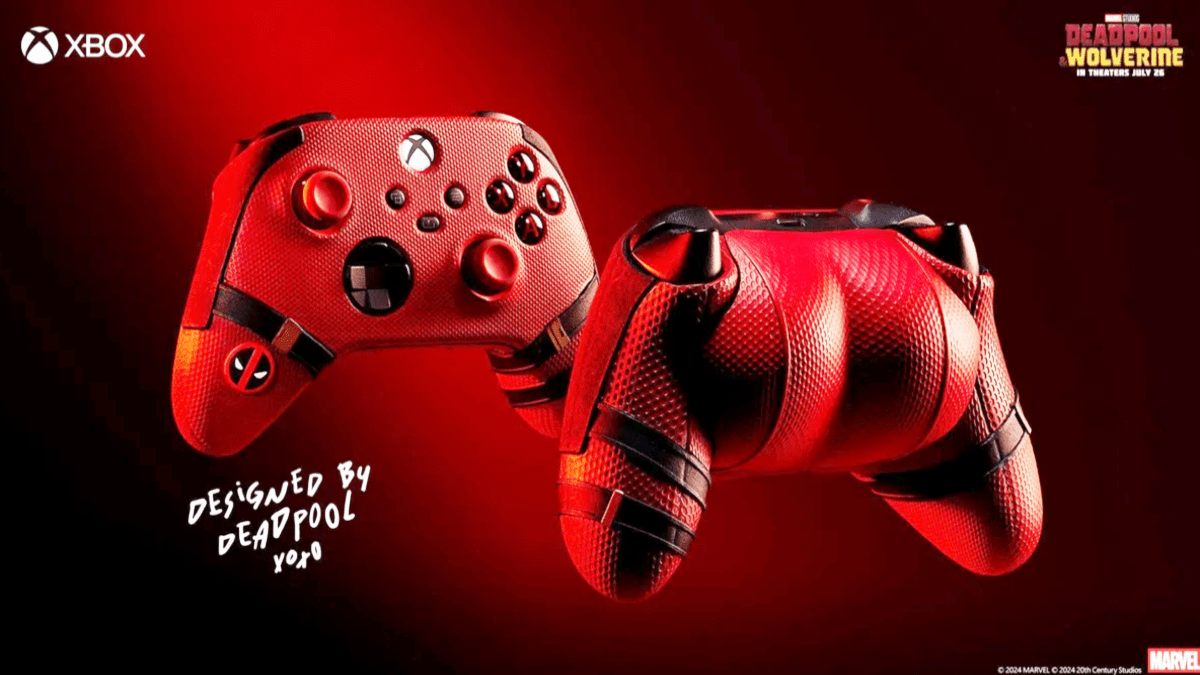
While Xbox One consoles still support the Kinect, the peripheral seems to be on its last legs in terms of new content utilizing it. The confirmation that the Xbox One S will require an adapter to plug the sensor in certainly sends signals that Microsoft is no longer prioritizing the Kinect, making it seem likely that yearly Just Dance sequels will be the only reliable source of new motion-controlled Xbox games for now.
Developer Virtual Air Guitar, however, remains committed to the peripheral, as evidenced by their digital releases of Beatsplosion for Kinect and Squid Hero for Kinect last year. Upon reviewing both titles, I found them decent but inessential diversions. For their latest release, the company has chosen to re-package their 2011 Xbox 360 retail game, Kung-Fu High Impact, as digital exclusive Kung-Fu for Kinect.
I never tried High Impact, but after sinking time into this re-release, I get the feeling I didn’t miss much. Kung-Fu is ultimately a title that emphasizes the worst aspects of Microsoft’s divisive accessory. It feels gimmicky, shallow, counter-intuitive, and frustrating throughout its entirety, and its various flaws make it a product that’s hard to recommend to any demographic.

In its sole charming aspect, the sensor is used to make you the main protagonist for the whole game. The motion comic-like cutscenes that tell the story even have you make specific poses and expressions beforehand that are then cleverly integrated. For the first time ever, though, the Kinect had trouble detecting my hair, making my character look perpetually bald most of the time. The plot, revolving around alternate dimensions, cursed artifacts, and other mystical nonsense, has no substance or real charm, but at least the art style and voiceovers during cutscenes are decent.
The same can’t be said for the actual gameplay. Kung-Fu For Kinect can be classified as an old-school brawler, with the player appearing in a confined 2D area and taking on waves of enemies. Since controllers aren’t a factor here, every punch and kick must be manually thrown left and right in real life. General movement is also dictated by these attacks, as you’ll automatically slide a bit in whatever direction you punch.
As you might assume from that, actually maneuvering around these levels is a chore, to the point that I’d argue it’s among the game’s biggest problems. To make matters worse, techniques that require more specific inputs, like spinning your arms to do a jumping somersault or punching both arms in one direction for a faster attack, are very hard to get the hang of. I lost count of how many times I needed to jump over a swarm of enemies to avoid getting mobbed, but couldn’t get the game to register my jumping movements. Combined with the fact that it introduces enemies with fairly powerful projectiles early on, I found myself dying multiple times as early as the second level, and had to switch to the easiest difficulty to get anywhere.
Level layouts are dull and, when combined with the bad controls, counter-intuitive. You can find power-ups that boost your strength, refill ammo for abilities and recover lost health, but sometimes they’re in areas requiring several precise jumps to get through. When it’s tricky to pull one jump off at all, trying to do 2 or 3 in a row while getting attacked by enemies is the exact opposite of fun.

Enemies are generally uninspired in their designs and attack methods, and even when the game tries to mix things up with them, like having bigger enemies requiring you to stop and aim projectiles while they charge at you, it’s still not fun. You earn a few more abilities over the campaign, like a bow and arrow or projectile lightning, but they can also feel unreliable. For example, you have to simulate the act of drawing a bow to fire arrows, but a lack of showing the trajectory of each shot beforehand, combined with spotty motion detection, will stop any player from unleashing their inner Hawkeye.
And yet, even if the controls were more accessible, or the enemies were more unique, the core gameplay still wouldn’t be enjoyable. Traditional action games allow their characters to have a wide variety of fun and flashy moves via button inputs, but having to use a real person obviously limits most of that potential. Throwing hundreds of punches and kicks to my side is also tiring, and while games like Dance Central have the same physical results, they can be fun enough to motivate me to keep going. With Kung-Fu, on the other hand, it just reminded me of what a bad experience the game is and amplified that displeasure even more.
Other than the fairly short campaign, Kung-Fu also contains a few optional challenges to partake in, but they don’t do much to differentiate themselves from the rest of the game, and the problems I’ve mentioned still keep them from being enjoyable. There’s little in the way of window dressing or extras to give the title any lasting value, and outside of the cutscenes, it’s not a pleasant game to look at or listen to, either.
I honestly can’t figure out why Virtual Air Guitar thought it would be a good idea to release this game again, especially when the original got a middling reception and there’s apparently been little added or refined here. Kung-Fu for Kinect is an exercise in both tedium and frustration, and aside from the novelty of player integration into cutscenes, it lacks any sort of charm or fun to keep players invested in it.
This review is based on the Xbox One exclusive, which we were provided with.








Published: Jun 20, 2016 08:04 am